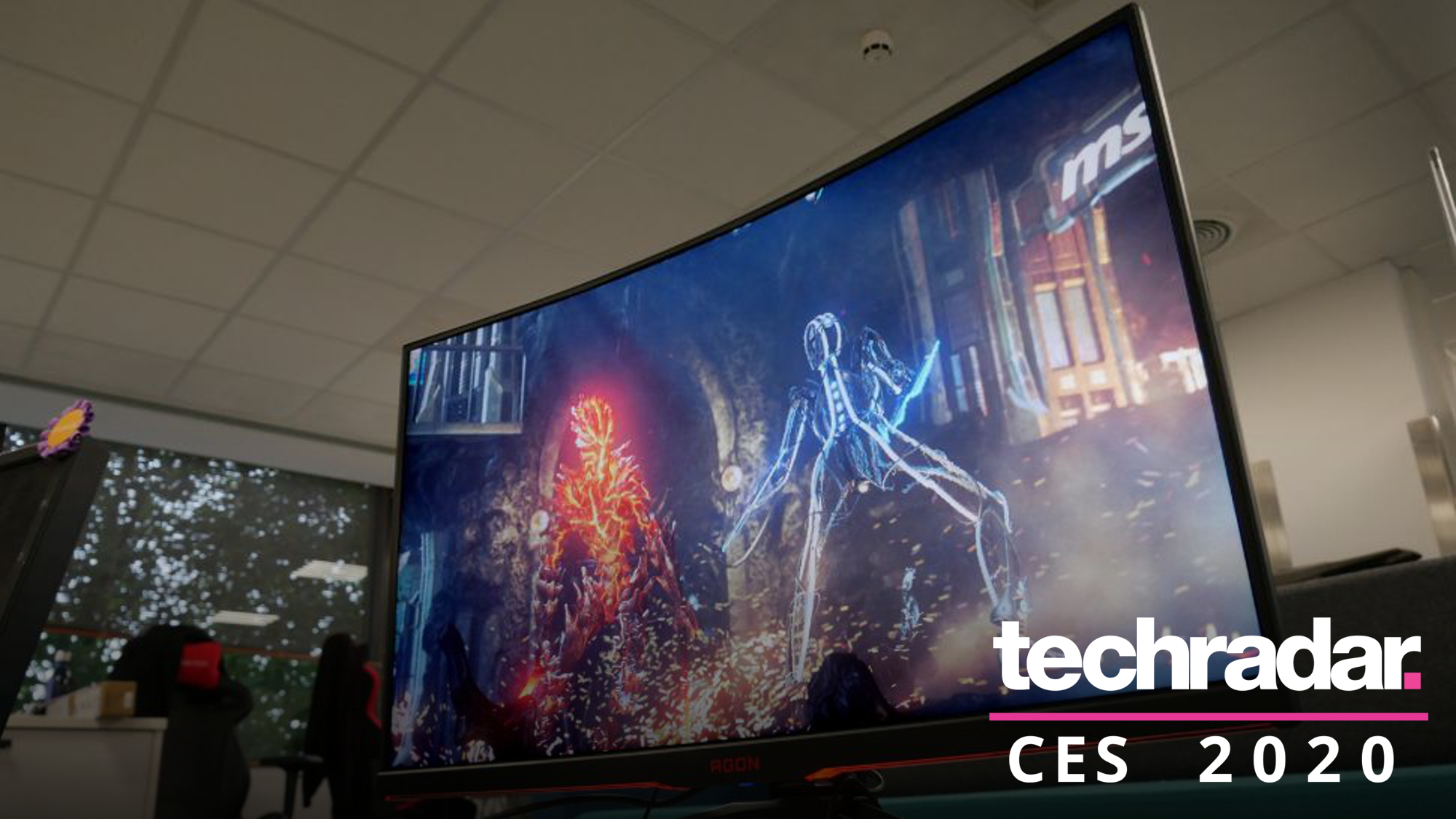AMD rebrands FreeSync monitors to make it easier to pick the right display
There are now three clearly defined tiers for FreeSync monitors

AMD has been busy rebranding its FreeSync monitors over at CES 2020, in order to better categorize what these various displays are capable of, and has introduced a scheme whereby there are three different tiers of hardware.
The aim is to make it easier for gamers to understand what they’re getting when they buy any given product, so the old system of having FreeSync and FreeSync 2 HDR monitors has been scrapped, and there are now three levels of display: FreeSync, FreeSync Premium and FreeSync Premium Pro.
- Samsung’s new gaming monitor is super curved and super ultrawide
- These are the best gaming laptops
- The best gaming monitors of 2020
That said, two of those levels remain essentially the same, but just renamed, although the new middle-ground tier is a fresh introduction.
So, plain FreeSync remains the baseline tier, naturally enough, and simply reflects that the monitor has FreeSync tech (which as you doubtless know, aims to combat stuttering and tearing in games – much like Nvidia’s G-Sync).
With FreeSync Premium, the new middle tier, you know you’re getting a display which has at least a 120Hz refresh rate (at a minimum of Full HD resolution) with low frame rate compensation (LFC) technology on-board. LFC, as the name suggests, keeps gameplay smooth when the PC is struggling and the game is running at sluggish frame rates below the display’s minimum supported refresh rate.
Then the top tier is FreeSync Premium Pro – previously known as FreeSync 2 HDR – which carries everything that Premium offers (unsurprisingly), but further insists that the monitor has HDR support.
Premium growth
FreeSync has been around for six years now, and AMD notes that there are in excess of 1,000 monitors which have been certified as of January 2020.
Get daily insight, inspiration and deals in your inbox
Sign up for breaking news, reviews, opinion, top tech deals, and more.
Part of the reason for the change is doubtless because there weren’t all that many monitors which had a high (120Hz+) refresh rate plus LFC until growth of these kind of displays took off during 2017, and speeded up considerably in recent times. Now, there will be over 300 monitors categorized as FreeSync Premium, so almost a third of the FreeSync monitors out there.
For the full details on all the changes, and a whole host of other info, you can check out AMD’s freshly updated FreeSync FAQ.
- Check out all of TechRadar's CES 2020 coverage. We're live in Las Vegas to bring you all the breaking tech news and launches, plus hands-on reviews of everything from 8K TVs and foldable displays to new phones, laptops and smart home gadgets.
Via Engadget
Darren is a freelancer writing news and features for TechRadar (and occasionally T3) across a broad range of computing topics including CPUs, GPUs, various other hardware, VPNs, antivirus and more. He has written about tech for the best part of three decades, and writes books in his spare time (his debut novel - 'I Know What You Did Last Supper' - was published by Hachette UK in 2013).